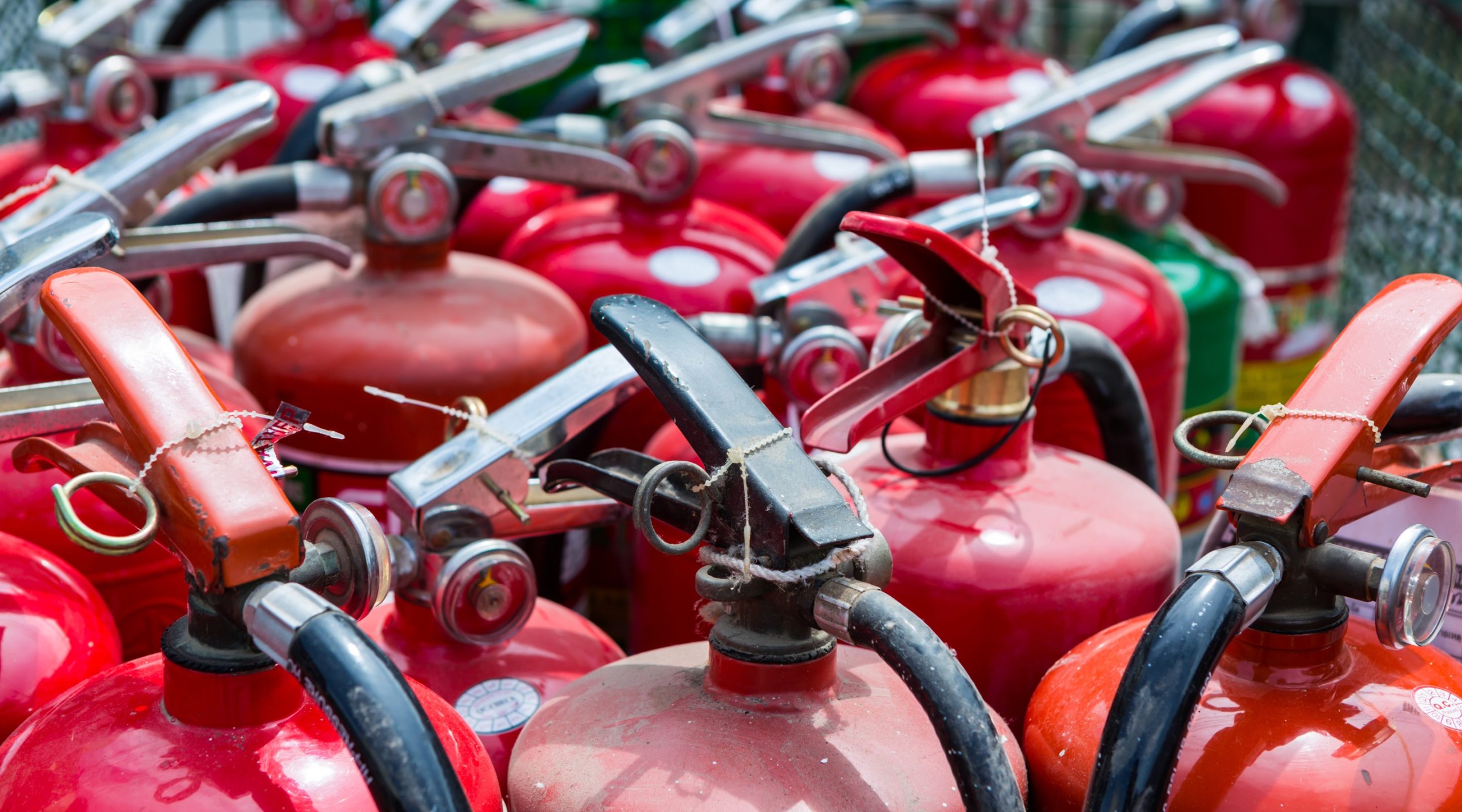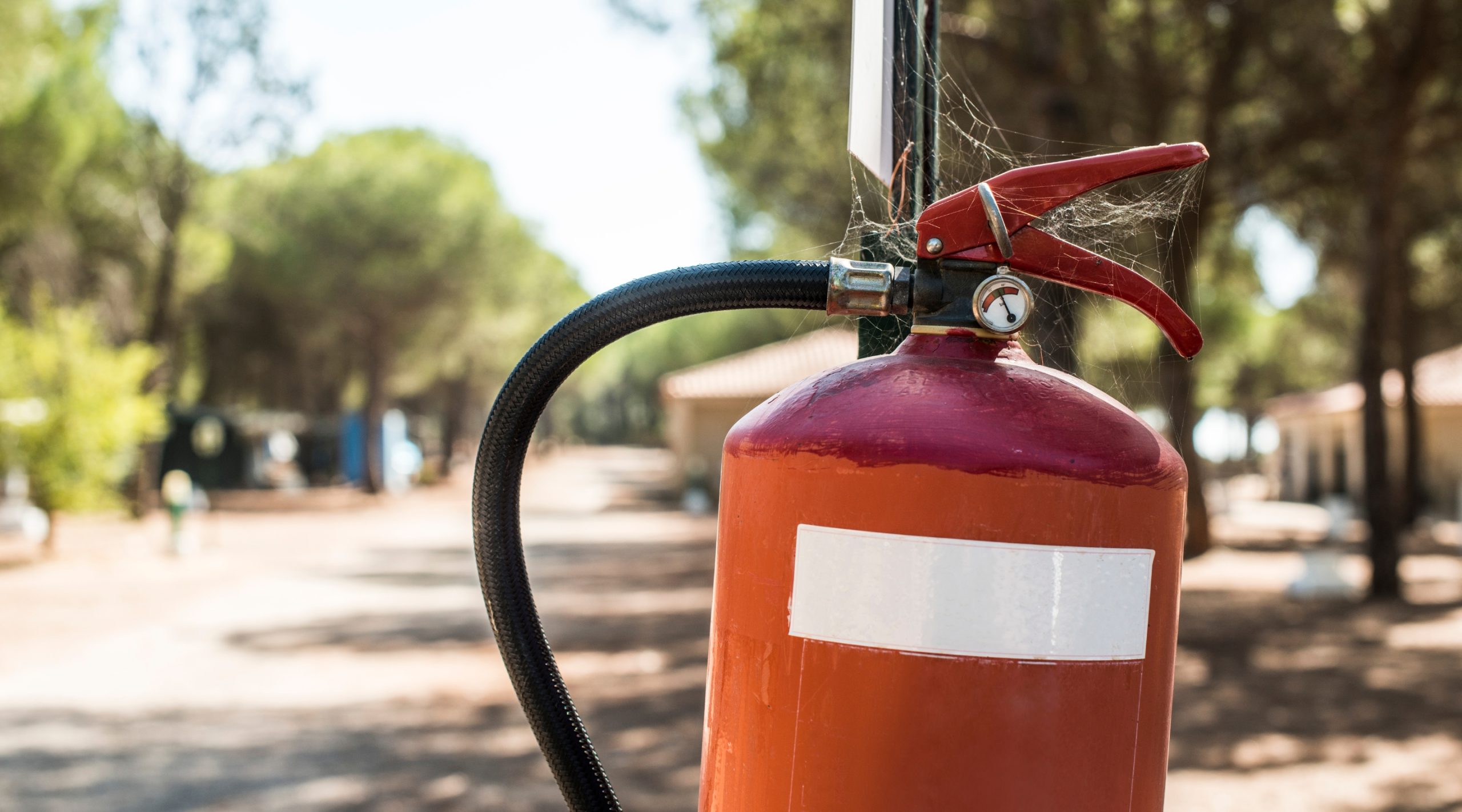Fire Extinguisher Disposal: What Are Your Options?
Introduction
Fire extinguishers are essential safety devices in homes, offices, and industrial spaces. However, when they reach the end of their lifespan or become damaged, proper disposal is crucial to ensure environmental safety and compliance with local regulations. In this article, we will explore the best practices and options available for fire extinguisher disposal.
Understanding Fire Extinguisher Types
Before disposing of a fire extinguisher, it’s essential to identify its type, as different extinguishers contain varying substances that require specific disposal methods. The main types of fire extinguishers include:
Dry Chemical Extinguishers – Contain substances like monoammonium phosphate or sodium bicarbonate.
Carbon Dioxide (CO2) Extinguishers – Use compressed carbon dioxide to smother fires.
Water and Foam Extinguishers – Utilize water or a water-based solution.
Halotron Extinguishers – Contain clean agents that leave no residue.
Class D Extinguishers – Designed for combustible metals and contain special powders.
Each type has different disposal requirements based on its chemical composition and pressurized components.
Safe and Responsible Disposal Methods
1. Check Expiry Date and Condition
Fire extinguishers generally have a lifespan of 10–15 years. Before disposal, check the manufacturing date and ensure the unit is no longer serviceable. If the extinguisher is still in good condition, consider refilling or reusing it instead of discarding it.
2. Contact Local Fire Departments
Many fire departments accept old or used fire extinguishers for safe disposal or recycling. They may also offer guidance on local disposal regulations.
3. Take It to a Recycling Center
Certain recycling centers accept fire extinguishers, particularly metal-bodied ones. These facilities can safely depressurize and separate the metal, plastic, and chemicals for proper recycling.
4. Hazardous Waste Disposal Facilities
Fire extinguishers contain chemicals that may be classified as hazardous waste. Check with local hazardous waste disposal centers to see if they accept fire extinguishers and follow their guidelines for safe disposal.
5. Consult the Manufacturer
Many fire extinguisher manufacturers provide recycling or disposal programs. Contact the manufacturer for specific instructions on how to return the unit for responsible disposal.
6. Empty the Extinguisher and Dispose of Components Separately
If permitted by local regulations, you can empty the fire extinguisher before disposal. Follow these steps:
Discharge the contents in an open, well-ventilated area while wearing protective gear.
Remove the head valve to ensure it is completely depressurized.
Separate the metal components for recycling.
Dispose of non-recyclable materials according to local waste management guidelines.
What Not to Do
Do not throw a full extinguisher in regular trash. The pressurized container can explode under pressure.
Do not attempt to disassemble without proper knowledge. The chemicals inside can be hazardous if handled improperly.
Do not dispose of extinguishers in regular recycling bins. Special treatment is required due to their contents and pressurized nature.
Conclusion
Proper disposal of fire extinguishers is essential for safety and environmental conservation. By following the recommended disposal methods, you can ensure compliance with regulations and contribute to responsible waste management. Always check with local authorities for specific guidelines in your area.
If you’re unsure about disposal options, consult your local fire department, waste management facility, or fire extinguisher manufacturer for professional guidance. Ensuring safe disposal practices helps keep the community and environment protected.


